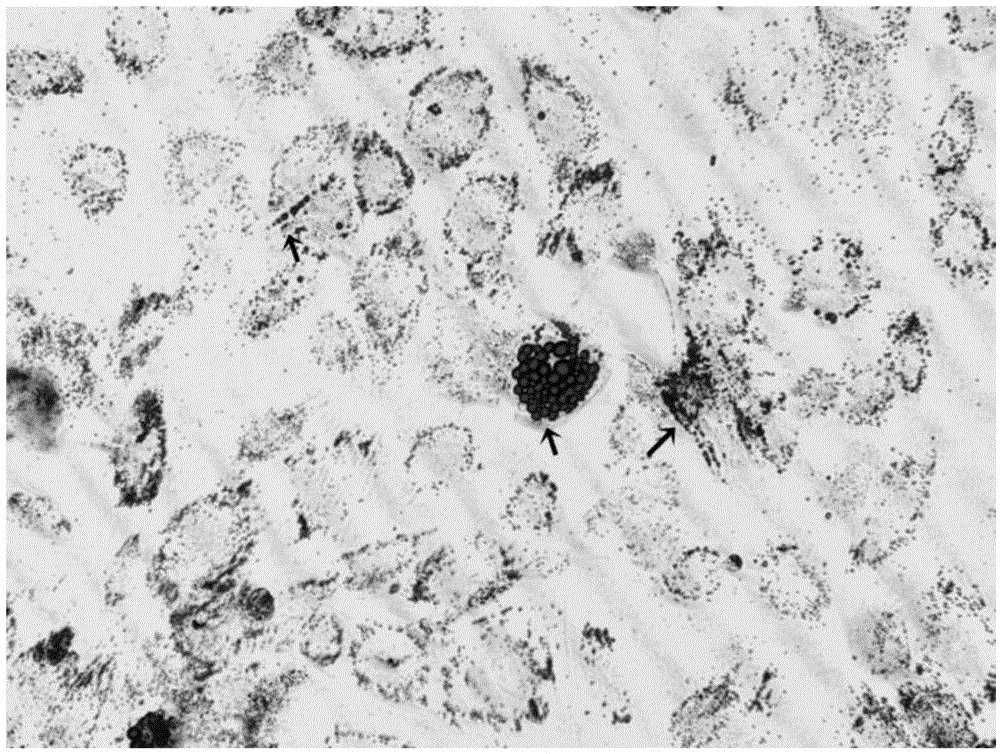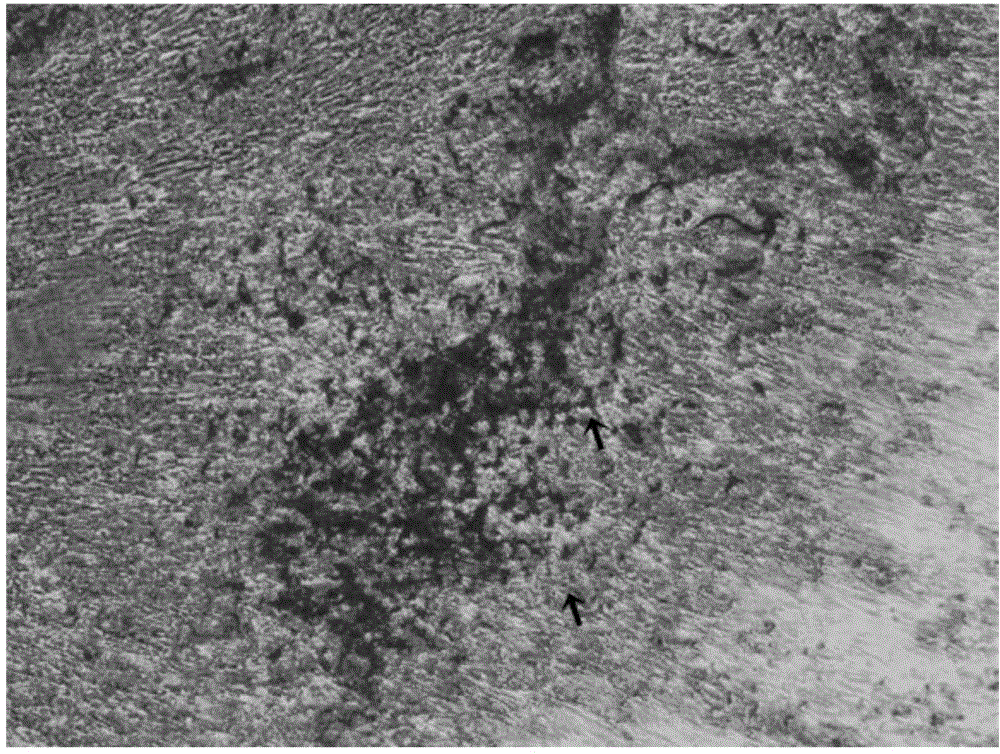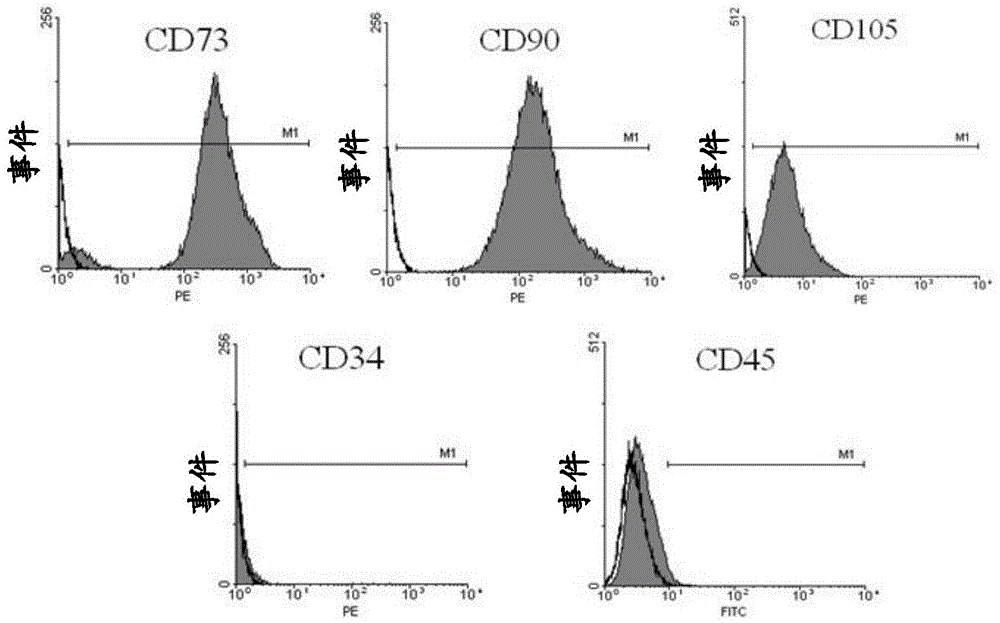Method of separating and cultivating umbilical cord mesenchymal stem cells
A technology of umbilical cord tissue and time, applied in the fields of biomedicine and stem cells, can solve the problems of poor cell viability of UC-MSCs and difficult collection of UC-MSCs, and achieve the effect of reducing the use of enzymes, increasing the amount obtained, and fully digesting
- Summary
- Abstract
- Description
- Claims
- Application Information
AI Technical Summary
Problems solved by technology
Method used
Image
Examples
Embodiment
[0059] 1) Under sterile conditions, the umbilical cords of full-term healthy newborns were cut and stored in PBS buffer containing 200U / ml penicillin / streptomycin (Beyond, ST488) at 4°C. The maximum storage time shall not exceed one week.
[0060] 2) In the ultra-clean workbench, cut the umbilical cord of about 3 cm, wash it with PBS buffer, and squeeze out the residual blood clot in the blood vessel.
[0061] 3) Cut the basement membrane of the umbilical cord longitudinally with scissors, and remove 2 arteries and 1 vein in the umbilical cord.
[0062] 4) Wash 3 times with PBS buffer to wash as much blood on the tissue as possible.
[0063] 5) Bluntly separate the Wharton's colloid except the basement membrane of the umbilical cord, collect the colloid and cut it into pieces of about 1mm 3 The size of the organization block.
[0064] 6) Mixture of tissue block and low-sugar DMEM (GIBCO, c11885500bt) containing 0.05% trypsin (GIBCO, 15090-046) and 200U / ml type IV collagenas...
PUM
 Login to View More
Login to View More Abstract
Description
Claims
Application Information
 Login to View More
Login to View More - R&D
- Intellectual Property
- Life Sciences
- Materials
- Tech Scout
- Unparalleled Data Quality
- Higher Quality Content
- 60% Fewer Hallucinations
Browse by: Latest US Patents, China's latest patents, Technical Efficacy Thesaurus, Application Domain, Technology Topic, Popular Technical Reports.
© 2025 PatSnap. All rights reserved.Legal|Privacy policy|Modern Slavery Act Transparency Statement|Sitemap|About US| Contact US: help@patsnap.com



